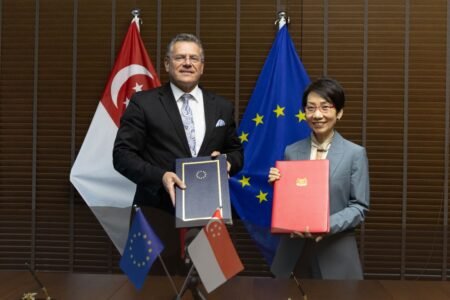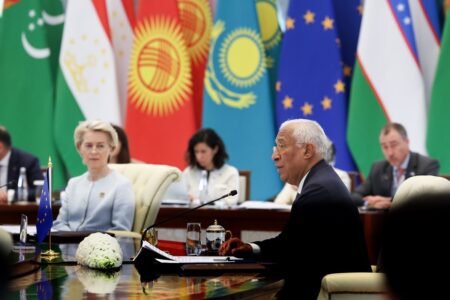The European Commission has tightened the EU’s steel safeguard measure in a bid to shield the EU steel industry from surging imports.

The Commission has in the safeguard measure on imports of certain steel products reduced the liberalisation rate from 1% to 0.1%, limiting the amount of steel that can be imported into the EU tariff-free.
In addition, countries will no longer be able to use the entire volumes of unused quotas of other countries, including those of Russia and Belarus.
The “carry-over” mechanism, which allowed countries to roll over unused quotas to the next quarter, has also been eliminated for categories with high import pressure and low consumption.
The tightened measure will create breathing space for EU steel producers to increase their production and thus to regain lost market share. It also aims to increase employment and investment in green steel production.
The changes come as the EU’s steel industry faces intense pressure from global overcapacity, rising exports from China, and increasing trade barriers in key markets like the US.
The Commission’s decision follows a review investigation requested by 13 EU Member States, which found that the industry’s situation was worsening due to increased import pressures and decreasing demand.
Most adjustments will enter into force on 1 April 2025, with two entering into force on 1 July 2025 (the slower pace of liberalisation and the removal of the carry-over of unused volumes in certain categories). The amendment of the safeguard does not impact its duration – it will legally lapse on 30 June 2026.
The Commission first introduced the steel safeguard measure in 2019 to prevent economic damage to EU steel producers from trade diversion and rising imports. It has undertaken a number of reviews since, including functioning reviews to adapt the measure to market developments (such as the review preceding the current adjustment) and prolongation reviews.
The latest prolongation review extended the application of the measure until the end of June 2026.







